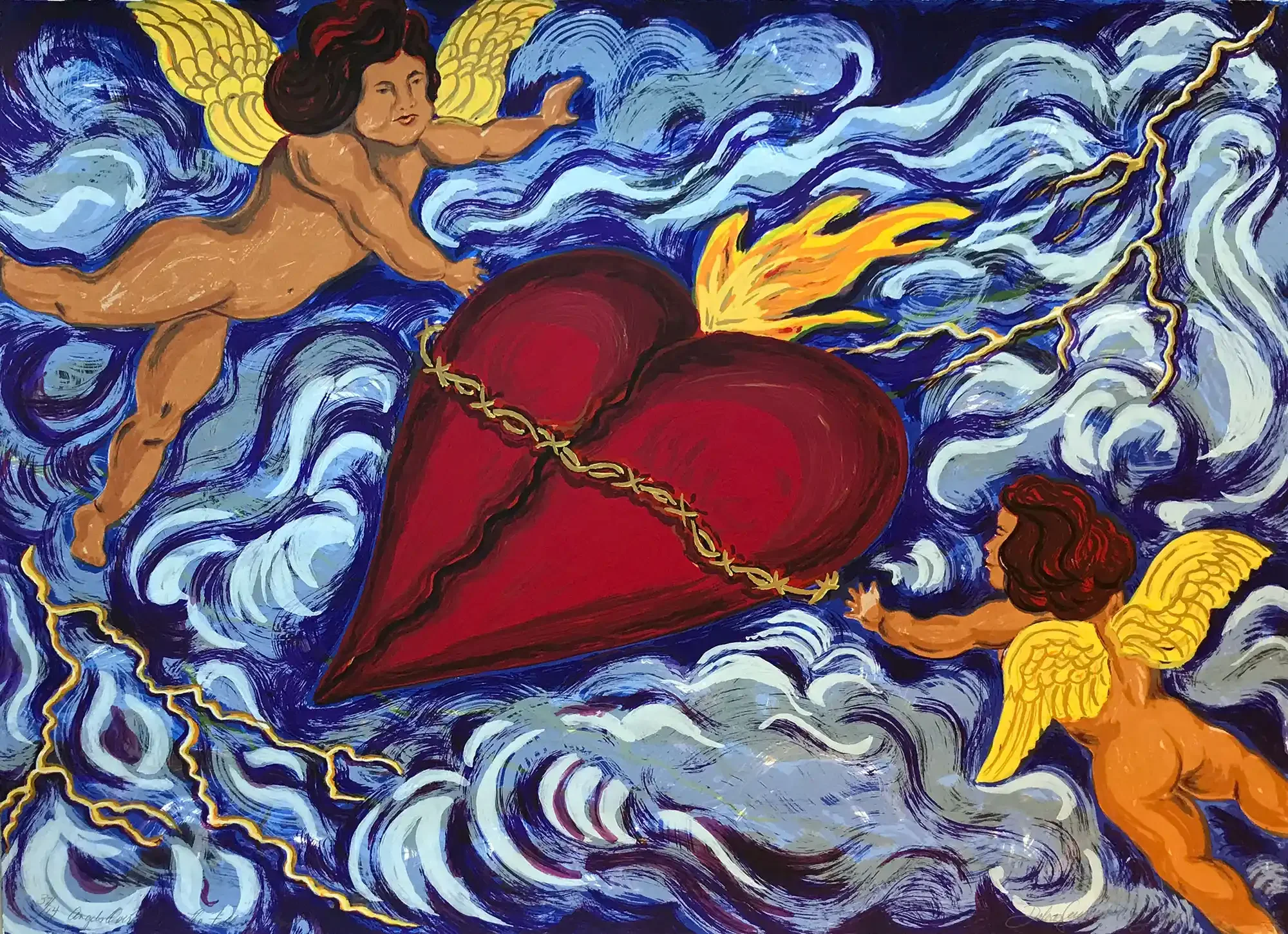Dolores Guerrero-Cruz - prints and biography
Dolores Guerrero-Cruz
Biography
Dolores Guerrero-Cruz is a painter, graphic artist, and muralist whose career has been deeply intertwined with both the Chicano and feminist movements. Born in Colorado and raised in East Los Angeles, Guerrero-Cruz developed an early awareness of art’s potential as a tool for social change. While studying at California State University, Los Angeles, she began working with Self Help Graphics, an influential community-based print workshop that introduced her to the collaborative and activist dimensions of artmaking.
Her involvement expanded in the 1970s when she joined the RCAF (Royal Chicano Air Force/Rebel Chicano Art Front) in Sacramento, where she supported the efforts of César Chávez and the United Farm Workers. Through this work, Guerrero-Cruz embraced the tradition of using murals, prints, and public art to amplify community voices and bring visibility to the struggles for labor rights, gender equality, and cultural pride.
Teaching has been another central aspect of her career. She worked as a screen printing professor at Pasadena Community College and contributed to educational initiatives with organizations such as ARTSTEACH UCLA and the East Los Angeles Rape Hotline and Child Abuse Center. In these roles, she emphasized the importance of creativity as a means of empowerment, particularly for young artists and marginalized communities.
In 1999, Guerrero-Cruz co-founded Screen Print School and Canela Studio with Juan Gómez, establishing a dedicated space for teaching, collaboration, and the continuation of Chicano graphic traditions. Her artistic practice—rooted in painting, printmaking, and muralism—draws inspiration from figures such as Paul Gauguin and Diego Rivera, yet remains distinctly her own. Her work often highlights Chicanx identity and representation, blending bold form, color, and political consciousness.
Through decades of activism, teaching, and artmaking, Dolores Guerrero-Cruz has left an enduring mark on Chicano art and feminist cultural history. Her work affirms the power of art as a vehicle for justice, education, and community transformation.


